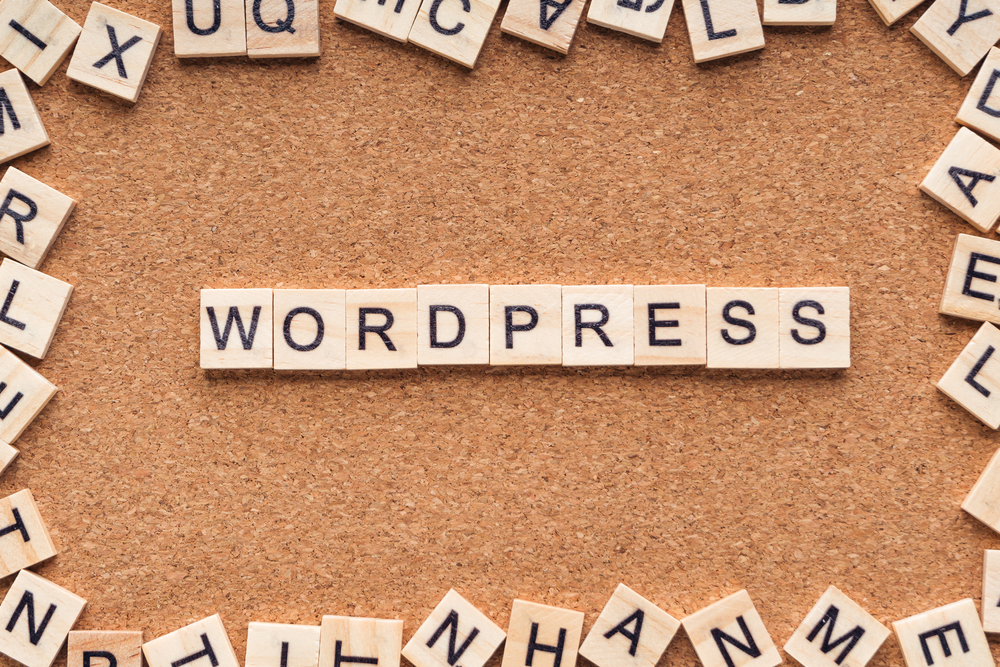
In today's digital age, having a strong online presence is essential for businesses and individuals alike. One of the most popular ways to establish and maintain this presence is through WordPress (WP) , a powerful content management system (CMS) that allows users to create and customize their own websites with ease. Whether you are a seasoned WordPress (the platform for bloggers) user or just starting out, there are numerous tips and tricks that can help you master WordPress (or WP) customization and maintenance. In this article, we will explore some expert strategies to perfectly tailor your website and make the most of this versatile platform.
Customizing Your WordPress (the blogging platform) Theme
The theme you choose for your WordPress site plays a vital role in its overall appearance and functionality. The good news is that there are countless themes available, both free and premium, to suit your style and needs. To customize your WordPress theme effectively, follow these tips:
1. Customize using the WordPress Customizer: WordPress provides a built-in customizer that allows you to make changes to your theme's appearance in real-time. You can access it by going to Appearance > Customize in your WordPress dashboard. Within the customizer, you can adjust various elements like colors, layouts, fonts, and more to match your brand identity.
2. Create a child theme: Making changes directly to your theme's files can be risky as any updates or changes by theme developers can overwrite your modifications. To avoid this, create a child theme. A child theme inherits the styling and functionality of the parent theme, allowing you to make customizations without affecting the original files.
3. Use a page builder plugin: Page builder plugins like Elementor or Divi provide a drag-and-drop interface that simplifies the customization process. These plugins enable you to create and arrange content elements with ease, giving you complete control over your website's layout.
Optimizing Your WordPress Website for Performance
A slow-loading website can negatively impact user experience and result in higher bounce rates. To ensure your WordPress site performs at its best, consider the following optimization tips:
1. Choose a reliable hosting provider: Selecting a reputable hosting provider is crucial as it directly affects your website's loading speed and uptime. Look for providers that offer optimized WordPress hosting, built-in caching, and content delivery network (CDN) services.
2. Optimize images: Images tend to be the largest files on a website, and if not optimized, they can significantly slow down page loading times. Use plugins like Smush or Optimole to compress and resize images automatically without compromising quality.
3. Enable caching: Caching helps to store static versions of your website's pages, reducing the load on the server and resulting in faster delivery to visitors. WordPress caching plugins like WP Super Cache or WP Rocket can be easily configured to enable caching on your site.
Securing Your WordPress Website
Keeping your WordPress website secure is of utmost importance, regardless of its size or purpose. Here are some essential security measures to implement:
1. Keep WordPress and plugins updated: Outdated versions of WordPress core and plugins can leave your website vulnerable to attacks. Regularly update your WordPress installation and all plugins to ensure you have the latest security patches and bug fixes.
2. Use strong passwords: Weak passwords are an open invitation to hackers. Choose unique passwords with a combination of upper and lowercase letters, numbers, and special characters. Additionally, consider using a password manager like LastPass or Dashlane to securely store your login credentials.
3. Install a security plugin: There are numerous security plugins available for WordPress that provide an extra layer of protection. Plugins like Wordfence or Sucuri Security can scan your site for vulnerabilities, detect malware, and block suspicious logins.
Frequently Asked Questions
Q1: How do I add new functionality to my WordPress website?A1: WordPress offers a vast library of plugins that allow you to add new features and functionality with ease. Simply search for the desired functionality in the WordPress plugin repository, install the plugin, and activate it.
Q2: Can I change my WordPress theme after creating a website?
A2: Yes, you can change your WordPress theme even after creating and customizing your website. However, it's recommended to create a backup of your site before switching themes to ensure a smooth transition.
Q3: How do I make my WordPress website mobile-friendly?
A3: To make your WordPress site mobile-friendly, ensure you select a responsive theme that automatically adjusts to different devices. Additionally, test your website's responsiveness using tools like Google's Mobile-Friendly Test or Simply Test Me.
Q4: Are there any SEO plugins for WordPress?
A4: Yes, there are several SEO plugins available for WordPress. The most popular one is Yoast SEO, which helps optimize your website's content, meta tags, and sitemaps for better search engine visibility.
Q5: Can I translate my WordPress website into different languages?
A5: Yes, WordPress offers translation plugins like WPML or Polylang that allow you to create multilingual websites easily. These plugins enable you to translate your content, menus, and even themes into different languages.
In conclusion, mastering WordPress customization and maintenance is a journey that requires continuous exploration and implementation of expert tips and tricks. By customizing your theme, optimizing for performance, and ensuring security measures are in place, you can perfectly tailor your WordPress website to suit your needs. Additionally, leveraging plugins and keeping up with the latest trends and developments in the WordPress community will help you stay ahead of the curve. With dedication and the right approach, you can create a memorable and successful online presence with WordPress.
Other useful resources
- https://www.wordpress24plus.com/topics/wordpress-tips-and-tricks/
- https://www.wordpress24plus.com/wordpress-tools-directory/wordpress-themes/
- https://www.wordpress24plus.com/wordpress-tools-directory/wordpress-plugins/